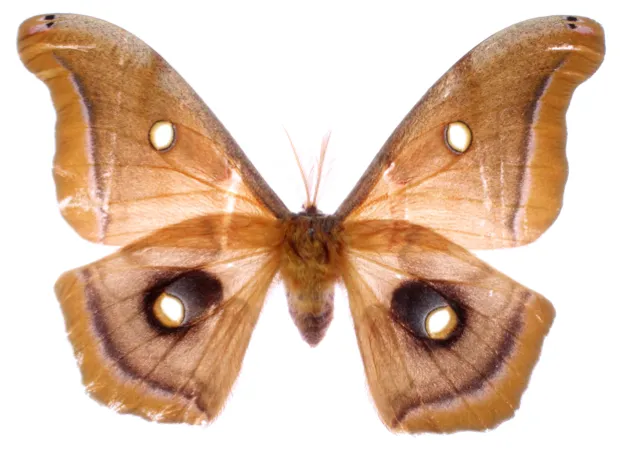A new study by the University of Florida shows that silk moths come in to their own when it comes to evading bats – an arch-enemy for 60 million years.
The silk moths’ elaborately proportioned tails and hindwings deflect sonar, misleading bats at that all-important and critical moment of capture.
Researchers from the University of Florida tested four silk moth hindwing shapes in a real-time environment to discover how each would fare. They discovered that moths with larger hindwings and longer tails had a better chance of evading bats’ hunting efforts.
“One of the first things we did was go into the collections and look at specimens,” says Akito Kawahara – associate curator at the Florida Museum of Natural History’s McGuire Centre for Lepidoptera and Biodiversity – based at the University of Florida. “We wanted to analyse these characteristics in an evolutionary framework to see what was happening.”
In studying the evolution of the silk moth, Kawahara and postdoctoral researcher Chris Hamilton identified abrupt changes in shape, leading to the design we recognise today.
The findings suggest that nature recognised the urgency of necessity for survival and provided an evolutionary means to meeting the challenges of doing so.
Silk moth advancements in their design to evade bat attacks also begs the question of whether their bat adversaries also evolve to meet the challenges posed by their prey’s evolutionary get-out-of-jail card?

Juliette Rubin, lead author of the study, is sceptical about this – following an experiment to test this theory. After months of being presented with actual moth and decoy targets, the bats’ ability to discern the two did not improve.
It remains to be seen what, if any, transformation nature has in store for these two amazing and fascinating aerial combatants.